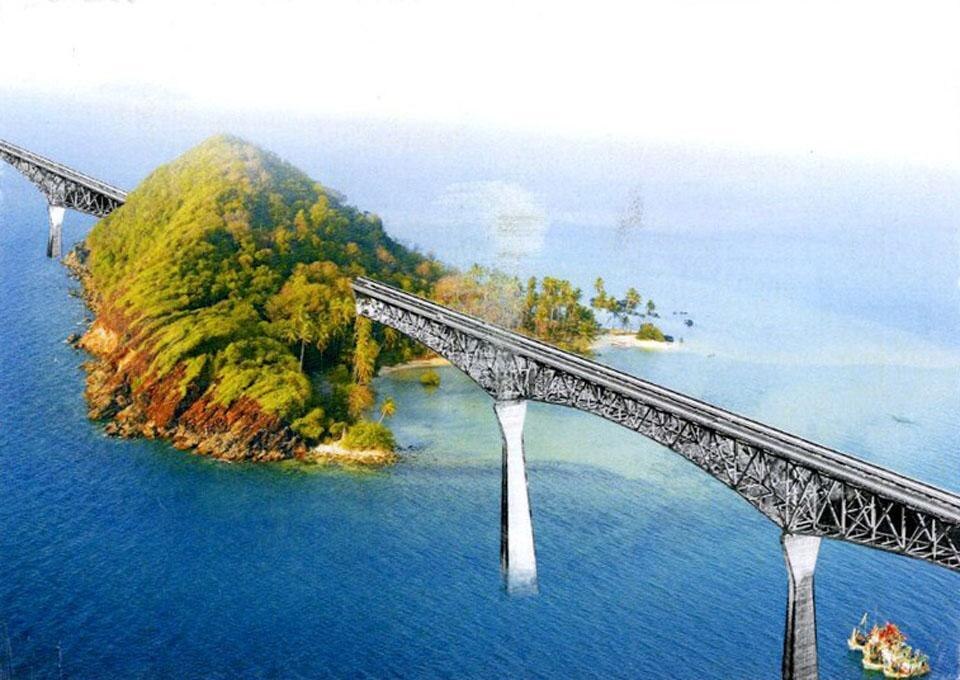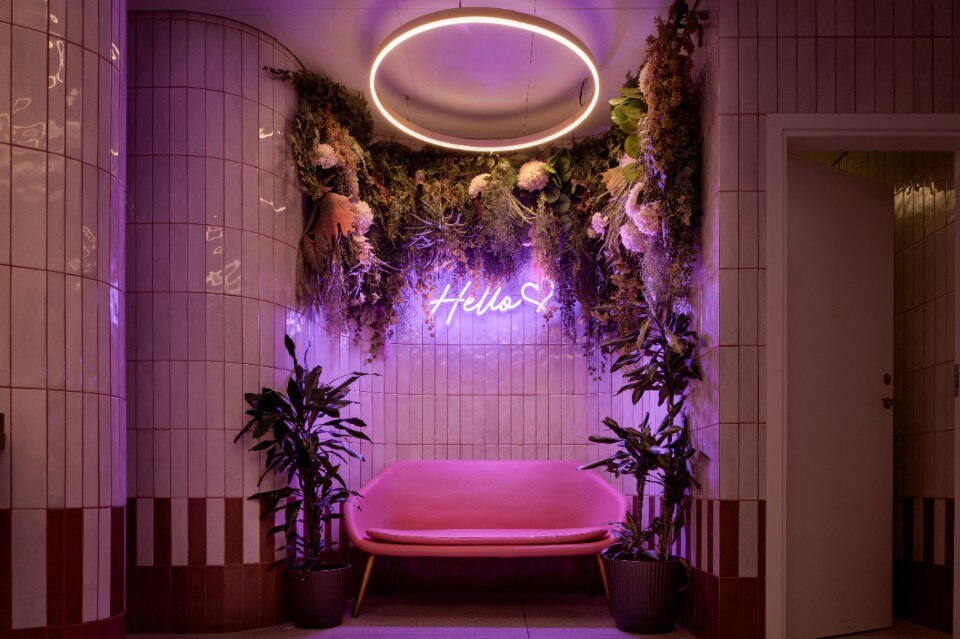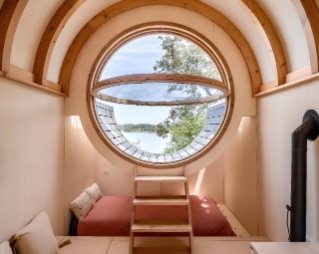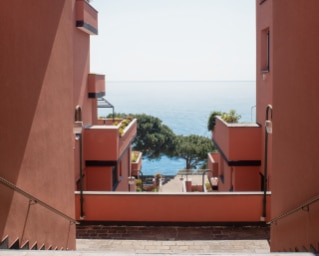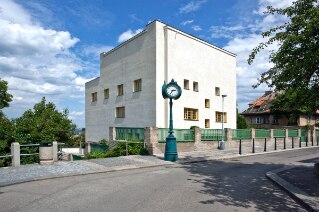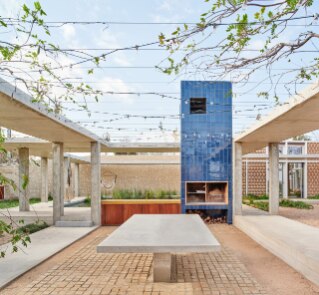Browsing through the hundreds of projects submitted to Domus for a possible connection between Europe and Africa across the Strait of Gibraltar, I was reminded of a story by Nigerian curator and artist Olu Oguibe that I read a few years ago.
The author relates that as a child, oppressed by the embargo imposed on the Biafran population during the Nigerian civil war, he used the voices coming over an old transistor radio to break down boundaries—ideally—without ever leaving his room.
"… the transistor radio ," writes Oguibe " .. would stretch my world and imagination even further afield beyond seven hills and seven seas to lands as yet unimagined, cultures whose names I could hardly pronounce, geographies that I came to know and own without physically stepping out of my immediate surroundings." (see God's Transistor Radio, in ibrid AAfricA, Egidio Cossa and Guido Schlinkert, Gangemi Editore, Rome 2002)
Not particularly convinced of the need for a permanent—and physically invasive—structure to materially link the two continents, I chose nine proposals that I felt might represent the journey of exchange through unrealistic, poetic or ironic images to create a shift in imagery that, in some cases, is also very emotional.
The environment described in these projects becomes narrative; a space of separation to accommodate the passage of the occasional visitors that meet, talk about themselves, and share experiences and cultural and identity-related stories.
To further highlight the fictional quality of this ideal journey, I thought of commenting on the single postcards using a kind of free association with film sequences, short stories, quotes and ideas borrowed from artists and architects. This approach allows me to create a surreal production cycle, offering suggestions and opening to other forms of barely evoked de-territorialization.
Postcard #105. [below] My itinerary begins with the most poetic proposal, a series of diving boards dotting the Strait of Gibraltar. Travelers from both sides climb on each one of these "fragile infrastructures" to dive in and swim to the next one until they reach their destination. The single objects and the movement generated by the users remind me of Calder mobiles, which Calder himself described in this way: "A mobile in motion lives an invisible wake behind it, or rather, each element leaves an individual wake behind its individual self. Sometimes these wakes are contracted within each other, and sometimes they are deployed." (See "A propos of measuring a mobile", 1943, unpublished text, Archives of American Art, Smithsonian Institution)
Postcard #133. [top image] The roots of the trees are already reaching into the timbers. Soon these hoisted sails will no longer be required. All the wind will have to do is to blow through the tree-tops and guide the caravel towards her destiny. She is a floating forest that sails and sways over the waves, a forest in which, who knows how, birds have started to sing…the Unknown Island went off to sea…looking for itself.
José Saramago, The Tale of the Unknown Island, (1997), Einaudi, Turin 2003.
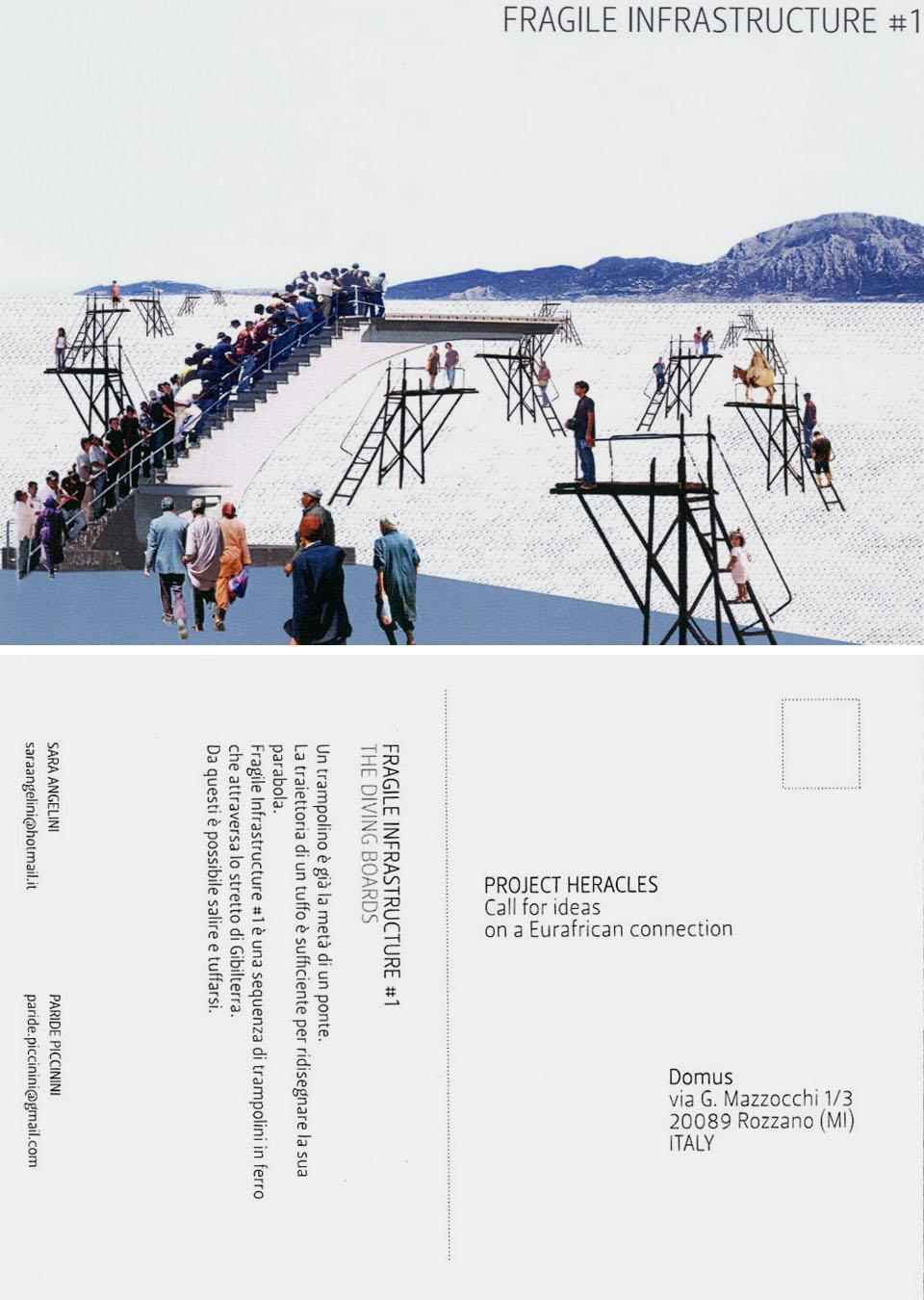
Enzo Cucchi in Cucchi, Amnon Barzel (ed.), Museum of Contemporary Art Luigi Pecci, Prato 1989.
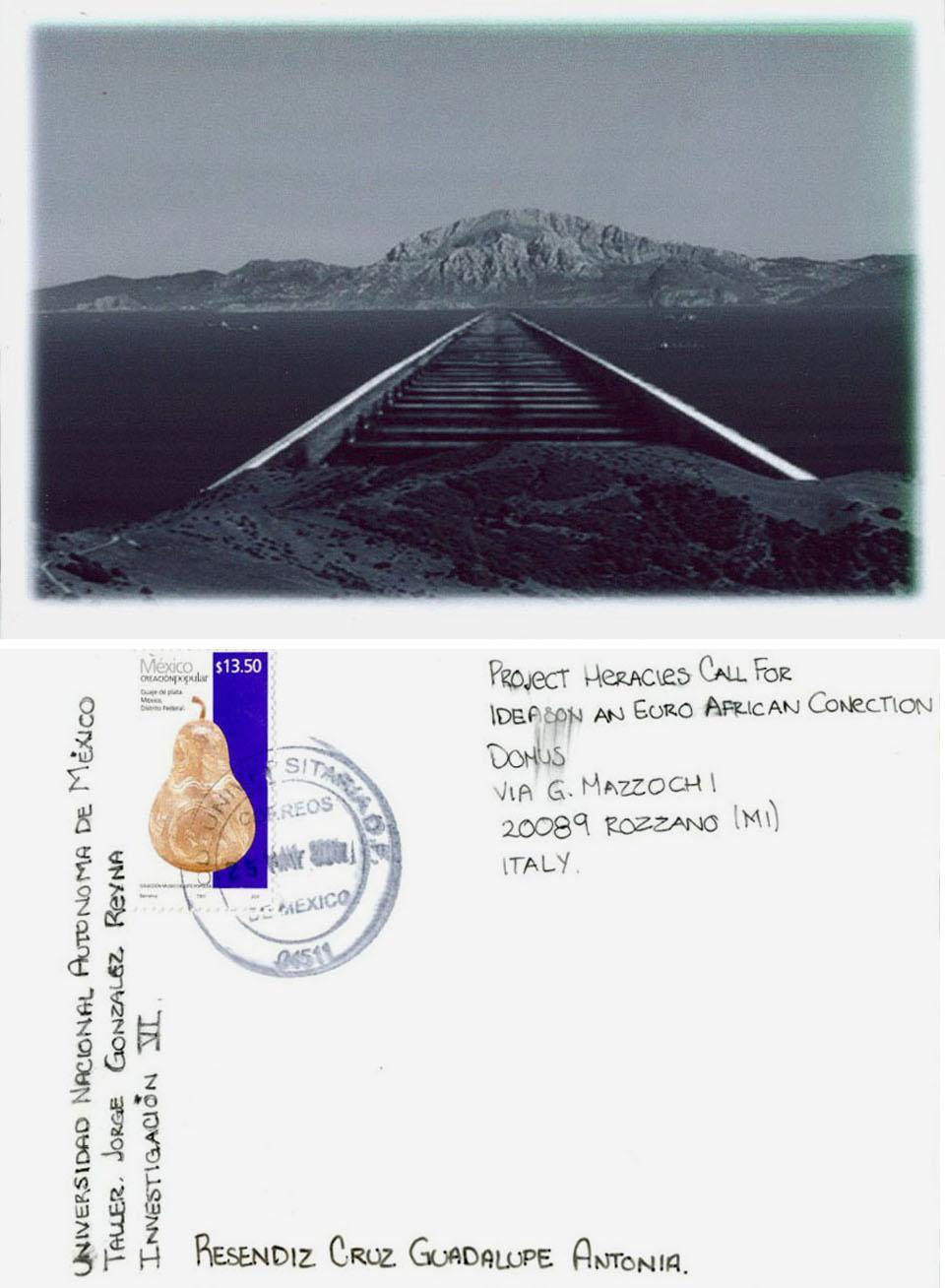
It is not important to know where we are. It is important to know where we can be at any moment in time at this moment and to decide where to stay to be as civilized as possible.
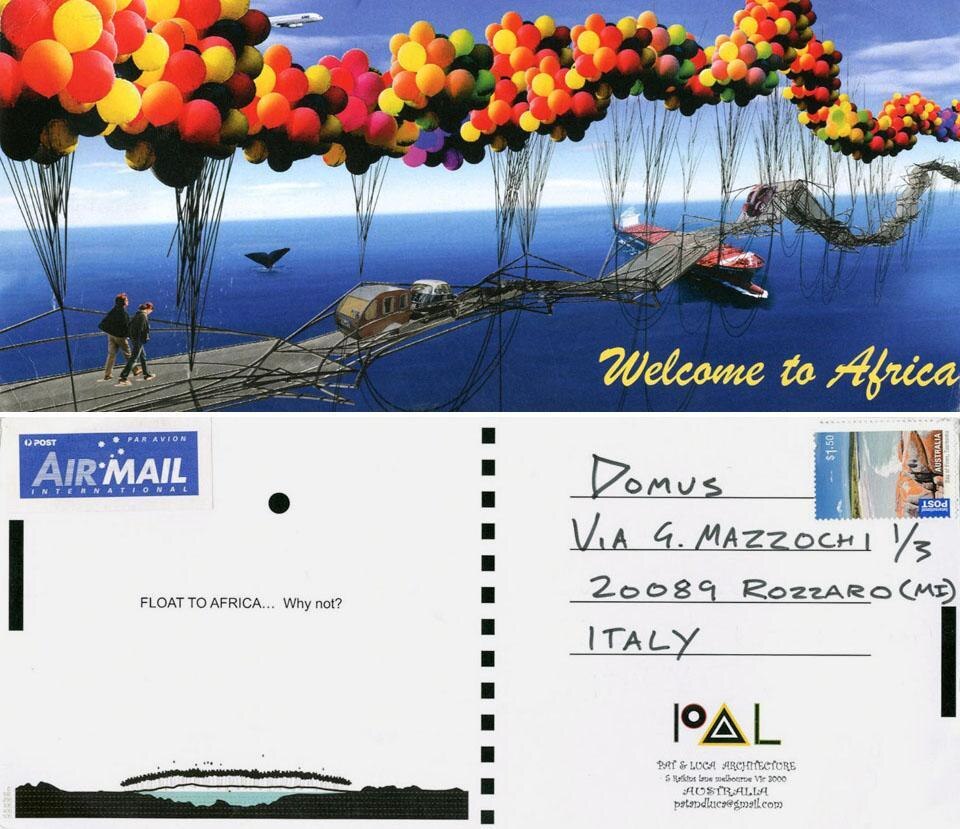
Philippe Petit, Trattato di funambolismo (Treatise on tightrope walking), (1985), Ponte alle Grazie, Milan 2010.
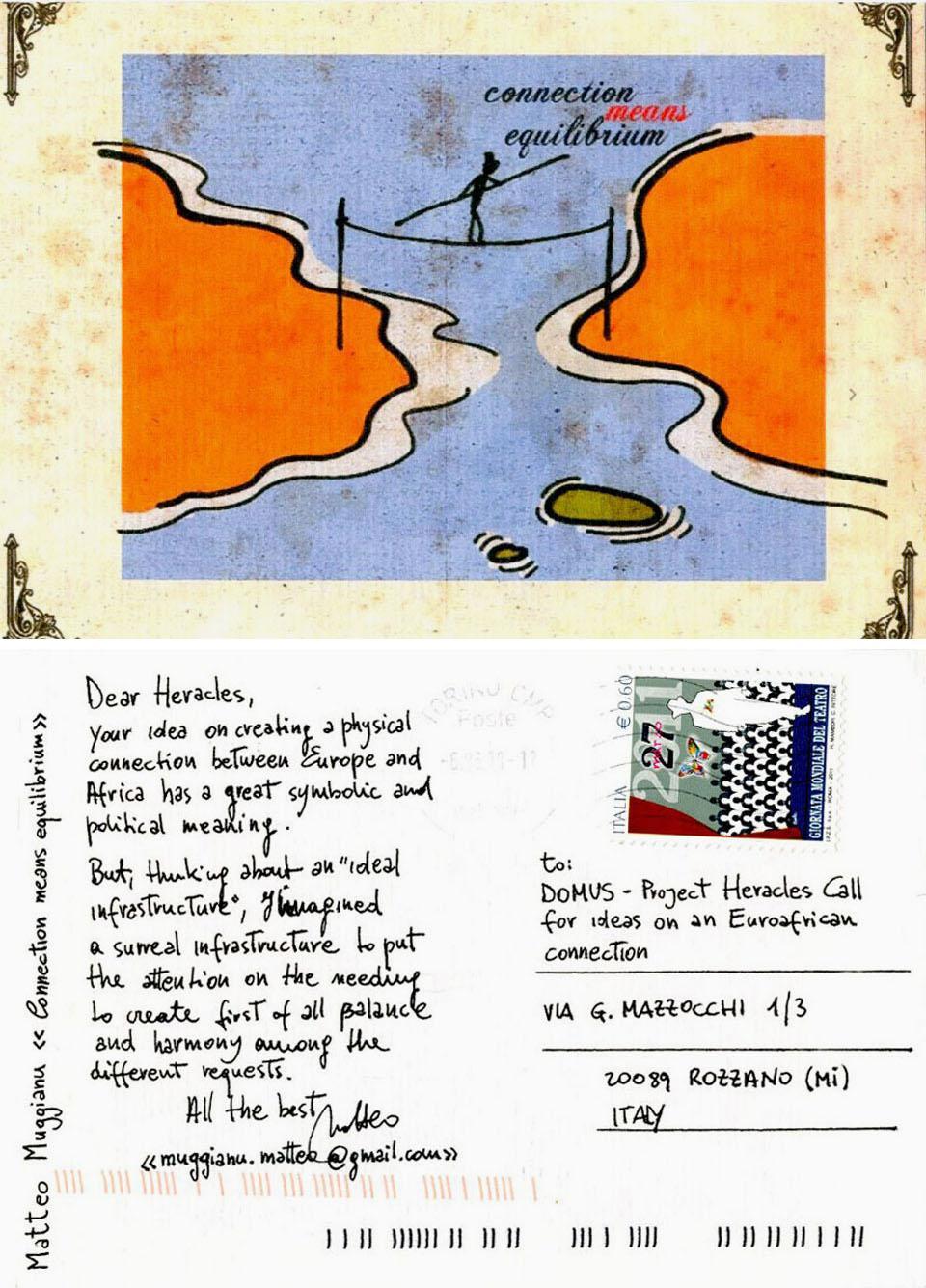
Ettore Sottsass, Photo of the window, Adelphi, Milan 2009, precisely in 1983.
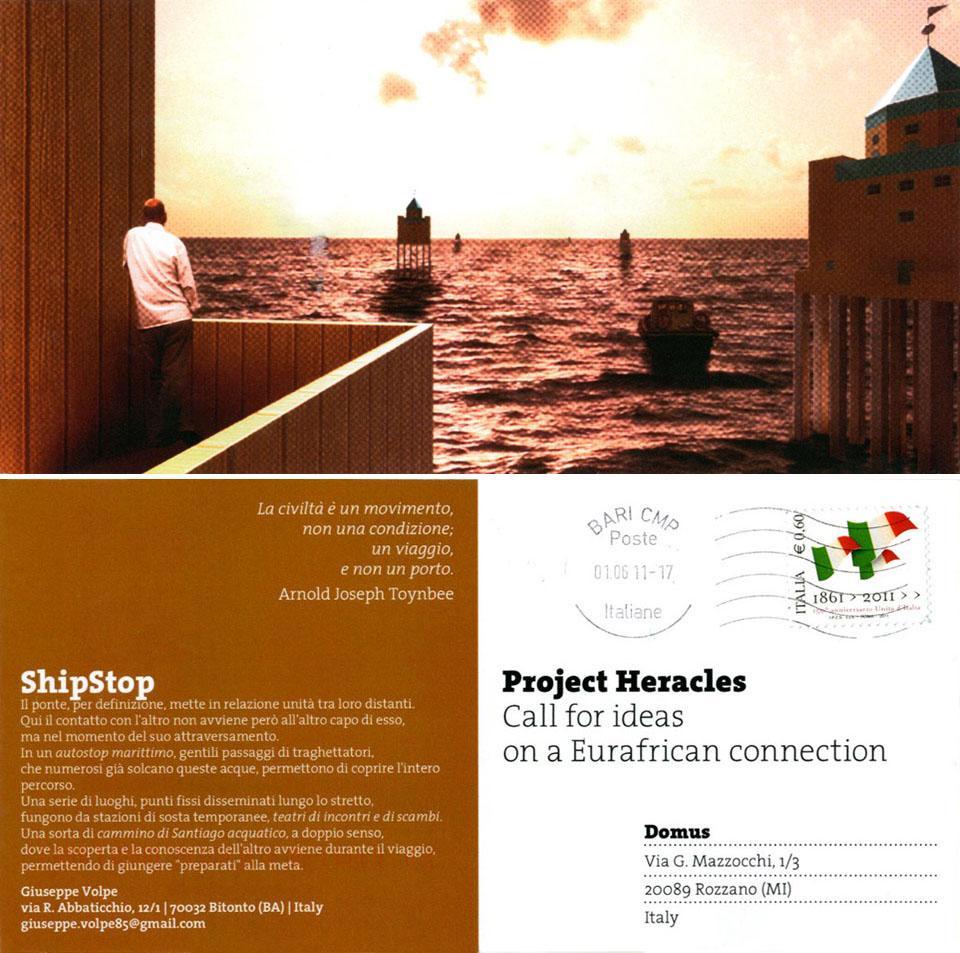
Konstantin Grcic, interview by Valentina Clumps in "Klat," No 2, March 2010.
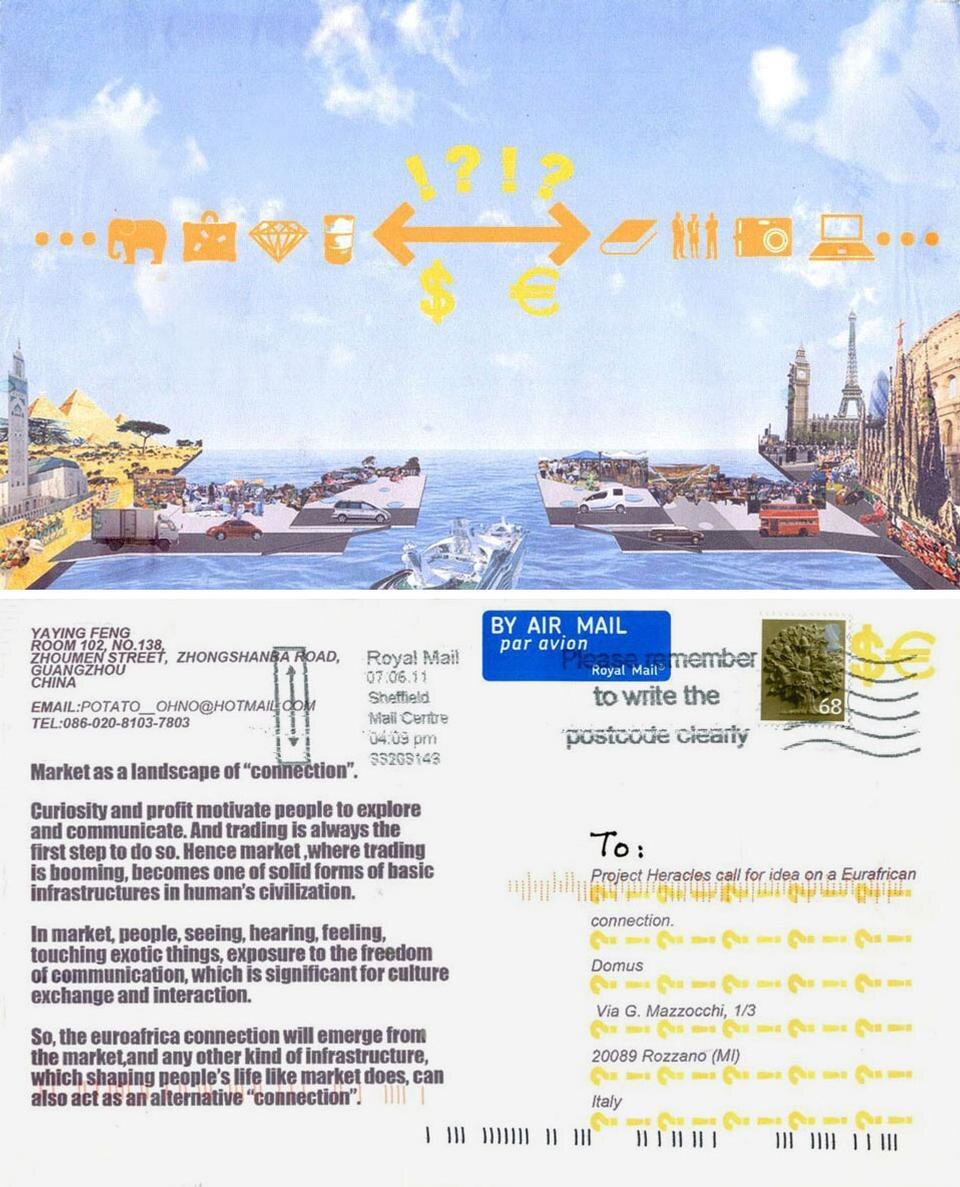
Rem Koolhaas, "Junkspace," (2001), in Rem Koolhaas, Junkspace Per un ripensamento radicale dello spazio urbano, Quodlibet, Macerata, 2006.
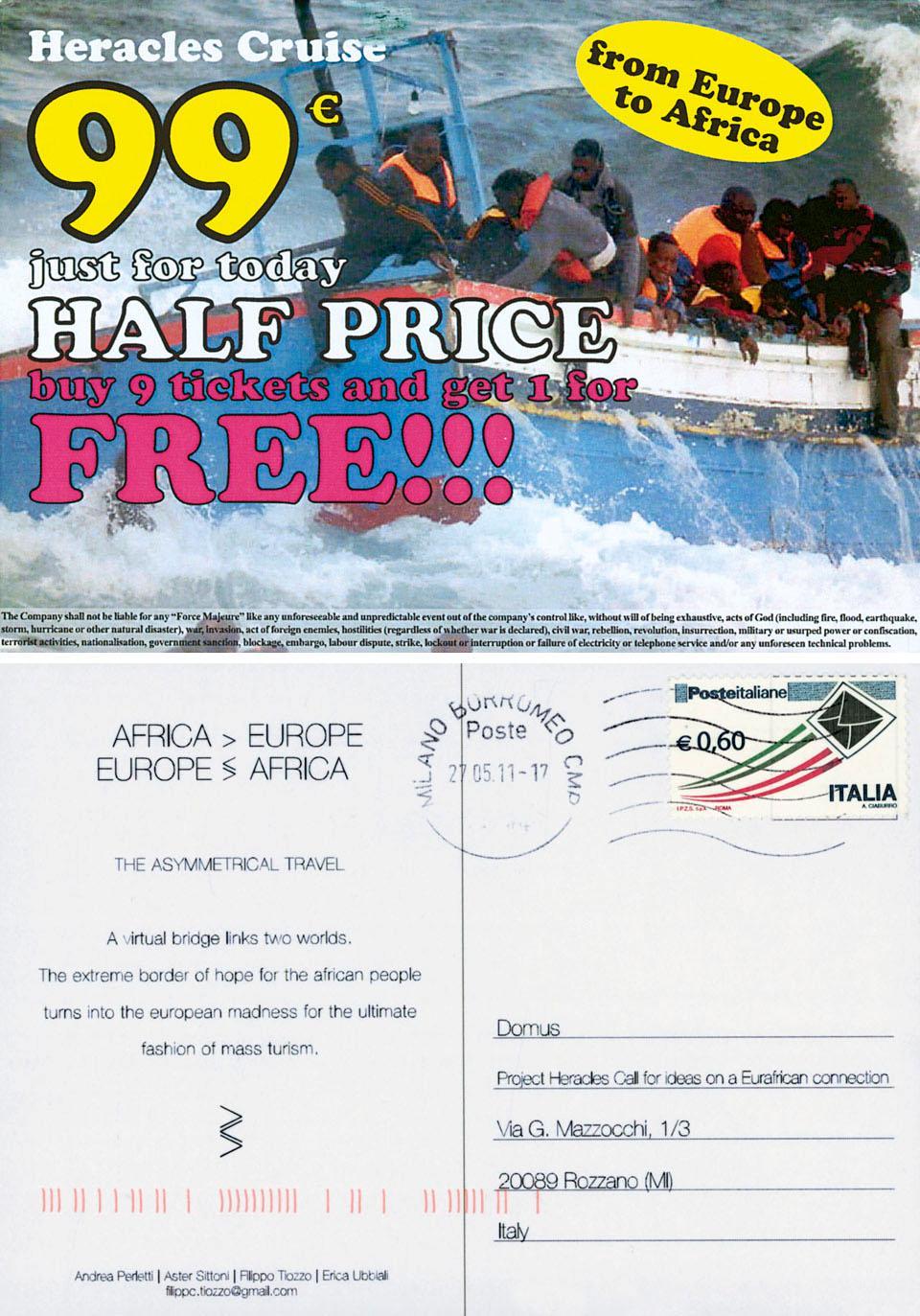
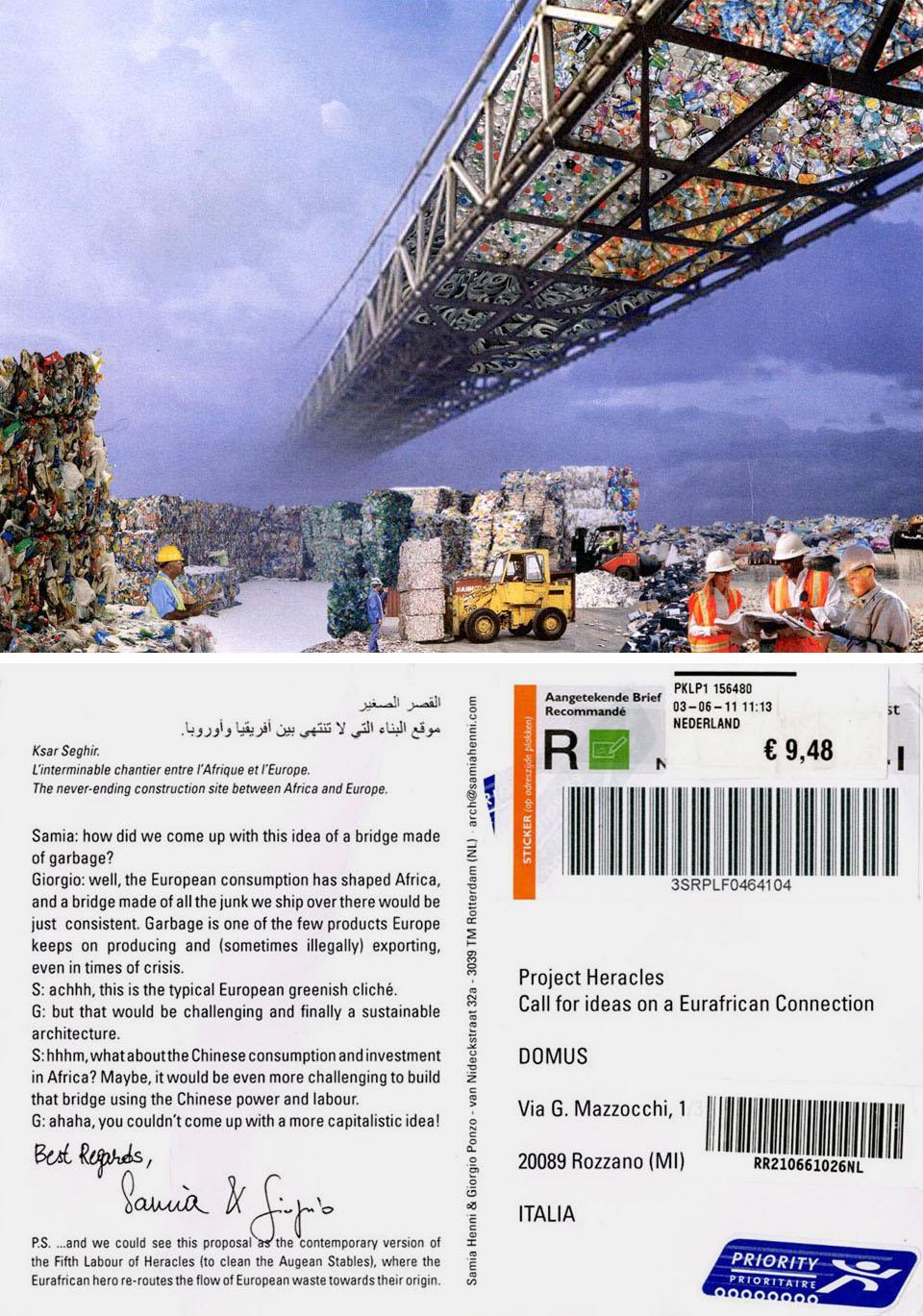
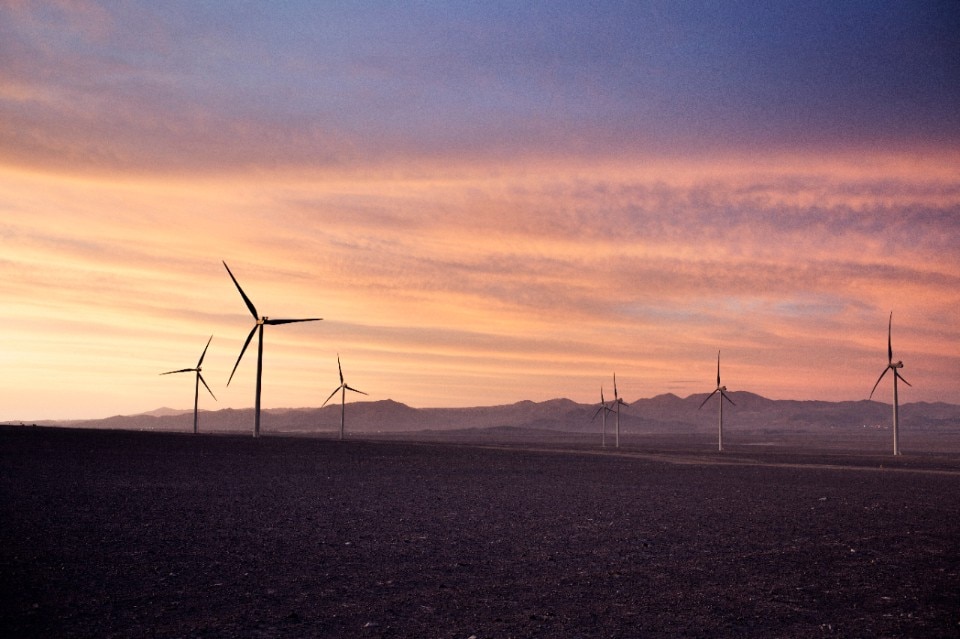
Tomorrow's energy comes from today's ideas
Enel extends the date to join the international “WinDesign” contest to August 30, 2025. A unique opportunity to imagine the new design of wind turbines.


